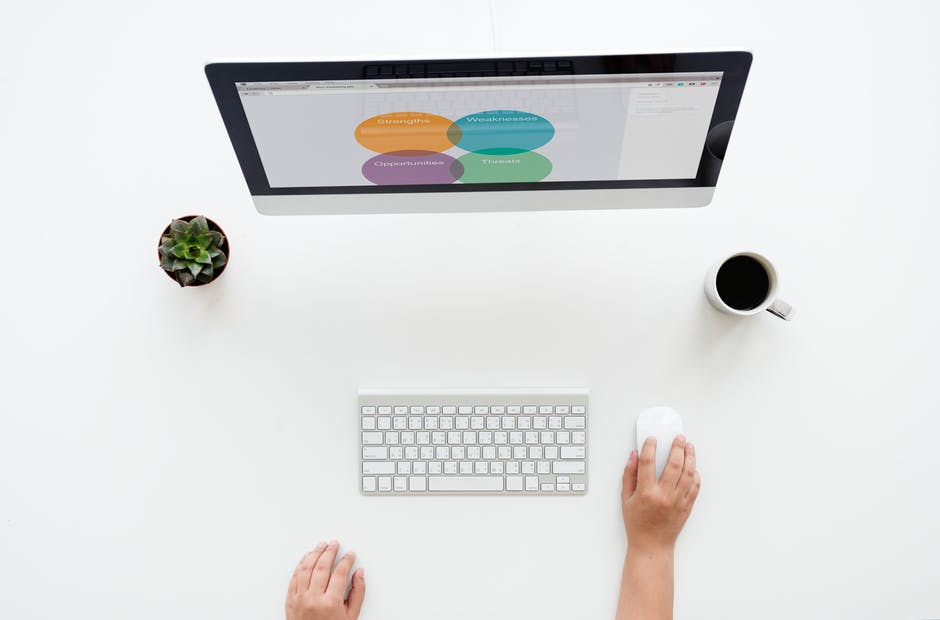Marketing techniques have undergone paradigm shifts and with the advent of digital media, social media and smartphones. Mobile applications are serving as a unique platform for marketers to promote and showcase their product in greater details delivering more product information and engaging consumers. In the last month product giant Adobe boosted its mobile marketing services with iBeacon support to enable easier management of apps. Moving to retail, we hear conversations around mobile commerce, peer to peer referrals, group buying, direct referral and more which have a direct impact on buying patterns. However, the challenge here for retailers is to understand how to align with the changing trends.
Evolution of technology is creating a mass awareness about products and modern consumers know exactly what they are looking for. Consumers are using mobile devices and connectivity to research and learn more about their potential purchases and information is certainly influencing purchases. Proactive retailers can listen out for customers looking for information, and provide access to it – before they have had the chance to look it up themselves. The process has become much quicker and more pro-active in the recent past. The purchasing patterns have moved past domains like online marketing into mobile-optimized websites, Facebook referrals to smartphones applications. The consumer today lives in an integrated online/offline world and for a high product visibility retailers have to be present at places where their customers are.
Mobile technology is drastically changing the purchasing pattern of buyers with mobile merchandising platforms and technologies becoming mainstream. In the recent past, BBC News came up with an interesting article highlighting how a mobile app helped customers in Ukraine boycott goods manufactured in Russia. The App called “boycott the occupiers” could find out where a product has been manufactured by scanning the QR code of the product. It advised the Ukrainians whether they should buy a particular product or boycott it. With more than 50,000 installations, this app claimed it could detect Russian companies trying to appear to be Ukrainian or Western, such as the fashion brand Carlo Pazolini or the Greenfield tea merchant. The number of installation and usage of “Boycott the occupiers” showed that people are interested to know more about the product at a deeper value and are depending on mobile technology for that.
Retailers understand that new technologies are providing a tremendous opportunity to gather more insights on consumer psychology and foster deeper and more valuable relationship with their consumer base and some of the early movers are actively leading the way by experimenting with forward-looking mobile technologies.



